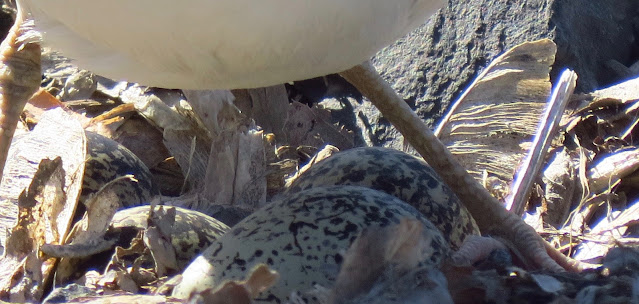Two years ago we did a post about the first-ever Underhill-Jericho Christmas Bird Count. You can read our post, along with some history of the Audubon CBC, here.
Then two things happened. COVID scuttled plans for a 2020 bird count, and we heard from Audubon that we had to move our count circle to avoid overlapping existing circles. (CBCs have been around for 122 years. They're all done by volunteers who count birds within 15-mile diameter circles.)
So it was back to the drawing board - in this case, Judy Bond's drawing board. Judy is part of our count circle and is a retired cartographer, and she prepared a beautiful map showing our circle and color-coded travel routes.
The new circle includes parts of Chittenden, Lamoille and Franklin Counties. We were disappointed that Jericho Center was no longer included, but we were delighted that so many wonderful locations opened up north and west of here: Westford, Milton, Fairfax, Fletcher, Cambridge and Jeffersonville, as well as parts of Jericho and Underhill. Our new circle also included Arrowhead Mountain Lake, the Lamoille River, and several town forests and conserved areas.
On December 16, 2021, 27 birders covered 313.7 miles driving, 20.55 miles walking, and 1 mile biking (a rarity for Christmas Bird Counts!). These travelers spent a total of 66 hours, much of the time on dirt roads that looked and felt like spring mud season.
In addition, 21 birders spent a total of 20.8 hours counting birds at their feeders. This group included two teachers and 8 students at The Barn School in Westford, who had put up feeders and studied birds in preparation for the day.
Count Day was unusually warm, with blue skies and temperatures reaching the mid-fifties. There was no snow, and nothing was frozen.
That made for comfortable (if squishy) walking, but feeder watchers reported that many birds seemed to be finding natural food rather than coming close to houses to eat at feeders.
Nevertheless, we saw 42 species of birds in all, and a grand total of 2741 individual birds!
 |
| Cedar Waxwing |
 |
| Tufted Titmouse |
 |
| American Tree Sparrow |




















































